
10 Franchises That Flourished on Vita - Article
by Adam Cartwright , posted on 19 August 2018 / 8,879 ViewsDespite being a brilliant piece of tech and possibly my favourite gaming console ever, the PlayStation Vita has had a tough time on the retail market. Sony’s initial forecast for its first year sales of 16 million units had to be revised this down three times due to weak commercial reception, before the company eventually decided to obscure the numbers in financial reports so that it was impossible to figure out how much the device had sold. The last official figure Sony released was a lowly 4 million by the end of 2012 (VGChartz estimates peg it at around 16 million LTD, so it eventually reached its first year goal at least!).
This meant the handheld was unable to attract certain types of software – western AAA development quickly evaporated, as did Sony’s own support, because there weren’t enough consoles out there for such titles to be profitable. But that doesn’t mean that every publisher failed to find success. Indeed, there are a number of franchises out there that have been able to appeal to the Vita’s niche and which have seen positive sales numbers and critical reception, leading to them becoming mainstays on the handheld.
It’s these series that I intend to examine in more depth this article – what they are, what entries we’ve seen, what success they’ve had, and what it’s meant for the console’s future. I’ll be using known sales figures where possible to back things up, hopefully demonstrating that the Vita has been a solid home for a number of great series despite its otherwise weak commercial performance on the market.
Atelier
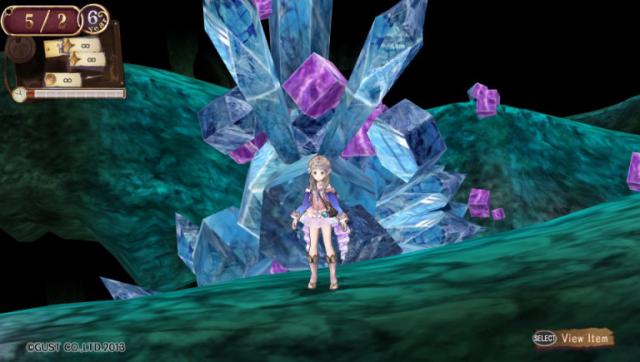
Based on my article from a few months ago it should be unsurprising to see this one here. The Atelier games have always made a home for themselves on Sony consoles, but that seems especially the case with the Vita, which received a total of nine games from 2012 to 2017. Led by the success of Atelier Totori Plus in Japan in 2012, which shifted 75k physical copies alone (for reference, the 2012 mainline PS3 entry Ayesha was selling around 100k in the same timeframe), a spree of ports followed which all sold well enough domestically to continue the process (Meruru Plus sold 55k, Rorona Plus 46k, and so on). The series saw a down-turn with Dusk (Ayesha Plus sold 33k, Escha & Logy Plus sold 30k, Shallie Plus sold 32k) but then bounced right back again with Sophie at 55k.
It’s not like this success was localized to Japan either, as each game came west starting with Totori. While no sales figures are available for these, the fact that Koei-Tecmo began chasing physical releases for Escha & Logy and Shallie suggests they were doing well enough for continued investment, with the latter even getting a full retail version in Europe. The series seems to have ended on a sour note with Lydie & Suelle, which performed poorly in Japan (across all platforms), but it’s hard to deny the fact that the franchise has done remarkably well on Sony’s handheld and helped shape it as the console of choice for JRPG gamers.
DanganRonpa
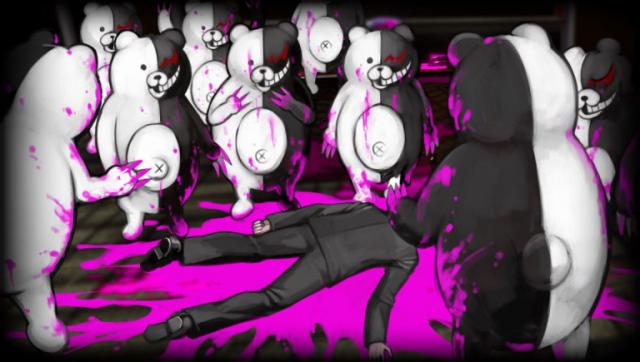
Monokuma could arguably be the poster child for Vita thanks to DanganRonpa’s success on the handheld. The series originally started on PSP in Japan, where positive word-of-mouth eventually led to good sales, but it was with the 2013 release of 1-2 Reload (a Vita compilation containing the first two games) that the series really exploded, selling nearly 170k copies domestically and expanding the series’ reach. From there, a spin-off (Another Episode) sold 120k, while a sequel (V3) shifted 115k on the Vita alone, with a PS4 release on top of that, cementing the franchise as a solid performer on the console.
It was the overseas release that really helped DanganRonpa reach new heights though, with NIS America bringing the franchise to western shores in 2014. The first and second games were separated (as they’d never been translated before) and between them sold 200k copies within a year – a fantastic result for a niche series on any platform, let alone Vita. It arguably helped influence future visual novel localizations such as Steins;Gate, while also cementing DanganRonpa as one of NISA’s premier series (the company would go on to localize Another Episode and V3 as soon as they were available, suggesting they were continuing to sell very well). The series’ creator has joked in the past that he’d have liked Vita to have sold better so that the games could’ve sold even more, but given the sales numbers reached I’m sure he’s not too disappointed!
Gundam
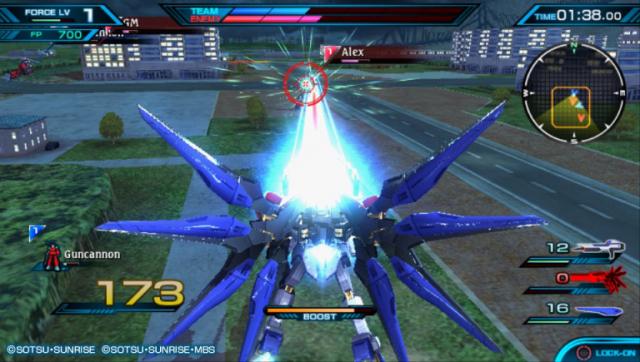
Bandai-Namco likes to spread its anime games around and Vita had its fair share of titles too, ranging from big releases like Dragon Ball Z to more niche stuff like World Trigger, but the franchise that has performed best by far is Gundam – unsurprising, given the series also flourished on PSP. Starting with Mobile Suit Gundam: SEED Battle Destiny in Japan in 2012 (it shifted 40k in its first week, which was a “impressive” for a Vita game according to IGN), we’d go on to see annual entries every year until 2016. 2013 would be its best-selling year, with Dynasty Warriors Gundam Reborn and Gundam Breaker clearing 200k between them, while 2014’s Gundam Breaker 2 sold 140k on Vita alone.
The biggest success seemed to be Mobile Suit Gundam: Extreme Vs Force (which overcame negative critical reception to clear 170k copies in Japan), while 2016’s SD Gundam G Generation Genesis sold 115k (we also got two F2P entries in Gundam Battle Fortress and Gundam Conquest V). And while the franchise had been dormant in the west for years, we also saw movement on this front from Vita too – Extreme Vs Force was the first non-Warriors Gundam game to be localized since Crossfire in 2006, while Breaker 3 and G Generation Genesis both saw Asian-English releases. It’s safe to say that the series found a very suitable home on Vita and helped mould it into a great place for anime franchises, alongside other heavy hitters like One Piece and Sword Art Online.
Hatsune Miku
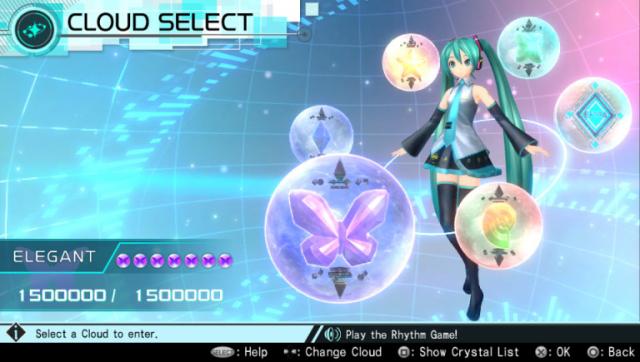
Another PSP staple that successfully transitioned to Vita was Hatsune Miku – SEGA’s rhythm series starring the now-iconic idol. I’d go as far as to say that Hatsune Miku: Project Diva f was the second major Vita title in Japan (after Persona 4 Golden). Launching in August 2012, it significantly lifted hardware sales and cleared more than 159k copies in its first week (before eventually going on to be the handheld’s 9th best selling title in the region at 255k). Project Diva F 2nd followed in 2014 and was a multi-platform release alongside the PS3. It opened to 98k first week on Vita (significantly more than the PS3’s 59k; a feat that was repeated with 2016’s PS4/Vita release Project Diva X, which had sold 100k on Vita by the end of 2016 and just 20k on PS4).
The series seemed to do well overseas too. A digital-only release of Project Diva f happened in March of 2014, with a physical version of Project Diva F 2nd quickly following in November of the same year. Project Diva X arrived not long after its launch in Japan in 2016 and again the Vita was blessed with a physical copy, suggesting that the previous two titles had done well enough to continue this investment. While the series has now expanded to new horizons with Future Tone (a DLC-heavy PS4 version), the franchise saw some of its best days on Vita and this led to a spree of imitators ranging from IA/VT Colourful to Miracle Girls Festival.
Hyperdimension Neptunia
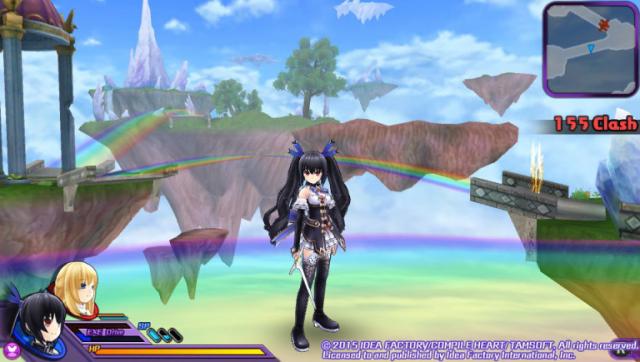
While every franchise I’ve mentioned so far had at least one or two releases on PSP, Hyperdimension Neptunia made its handheld debut on Vita and went on to become one of the longest-running and most successful series on the console. Starting with the idol spin-off Hyperdimension Neptunia PP: Producing Perfection in June of 2013 (which turned out to be a surprise sales success in Japan, clearing 29k in the first week and matching the sales of the mainline home console entries), the franchise would go from strength to strength over the years in both Japan and abroad. The series would tackle a variety of other genres too, including strategy RPG in 2014 (Hyperdevotion Noire), hack ‘n’ slash in both 2014 and 2015 (Hyperdimension Neptunia U – which sold out during the week of its release – and Megatagmension Blanc & Neptune vs. Zombie Army), and a free-to-play collectable card game in 2017 (Nepu Nepu Connect: Chaos Chanpuru). All came west (aside from Nepu Nepu Connect), showing the franchise had worldwide appeal.
It wasn’t just spin-offs that the Vita was getting either. Remakes of the mainline entries proved to be hugely popular, starting with Hyperdimension Neptunia Re;birth 1 in October 2013 (this was the best selling entry on the handheld at nearly 60k in Japan), then with the sequels Re;birth 2 and Re;birth 3 in 2014 (each clearing more than 40k domestically), and finally a crossover with the SEGA Hard Girls released in 2015 (Superdimension Neptune). An argument could be made that Neptune, Noire, and the gang became the Vita’s mascots due to the vast amount of releases featuring them over the years, and they kept coming as the fans kept buying them.
LEGO
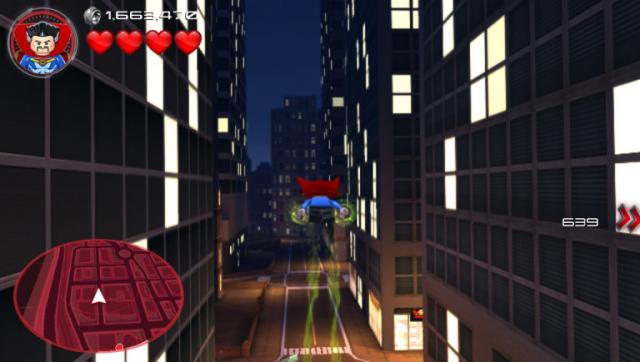
Perhaps this one is cheating a little since the LEGO games tend to appear in full force on any console that sells even moderately well, but Vita still made a great home for the franchise. Starting with LEGO Harry Potter: Years 5-7 just after the console’s western launch, and running through to LEGO Star Wars: The Force Awakens in the summer of 2016, a total of 12 titles in the series made it to the handheld. Each was regularly a fixture of the UK top 20 sales charts for Vita throughout this period, suggesting they were doing well enough for publisher Warner to keep churning them out (at least until Warner ultimately decided to drop both 3DS & Vita in favour of Nintendo Switch).
The games themselves were of variable quality (you can read more about this in my article on the subject) and it was a shame that all of them were up-ports from the DS/3DS, rather than being down-ports from home consoles, but even so they always provided a fun experience on the go. Their success likely helped to bring other youngster-friendly content to the platform, with titles like Epic Mickey 2 and Invizimals being viable due to the appeal that LEGO games brought early on, meaning they helped broaden Vita’s library and helping shape it into the diverse machine it ultimately became.
Sword Art Online
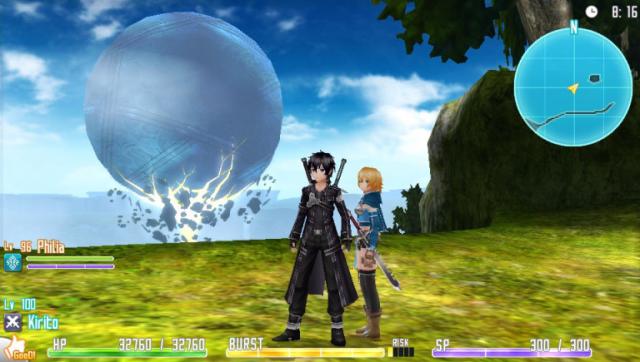
Anime series have been a staple on the Vita throughout its life (look at Gundam and One Piece for evidence of this), but none have been quite as surprisingly successful as Sword Art Online, which is based on the popular light novels about a group of gamers who get trapped in a virtual world. Starting with Hollow Fragment in 2014 (an expanded version of the PSP game Infinity Moment), which managed to ship more than 400k copies worldwide after a successful overseas release (it was one of the games leading the Asian-English charge), three sequels followed between 2015 and 2017. These included Hollow Realization, a direct follow-up to Hollow Fragment, which sold over 110k copies in Japan on Vita.
What was most notable about the series is how diverse it managed to be. Despite starting as an offline pseudo-MMO, publisher Bandai-Namco also experimented with an action-RPG approach in Lost Song (which managed to sell 150k in the west across PS4 and Vita and 220k in Japan on Vita alone), before making a crossover with another anime series in Accel World vs. Sword Art Online: Millennium Twilight. For every game released, the Vita versions’ Japanese sales handily beat the PS3 or PS4 versions' tally, showing how well the franchise meshed with the console’s audience. Sadly the latest entry, Fatal Bullet, aimed for western PS4 & XB1 owners instead, but the Vita still had a brilliant run of releases while it lasted.
Toukiden
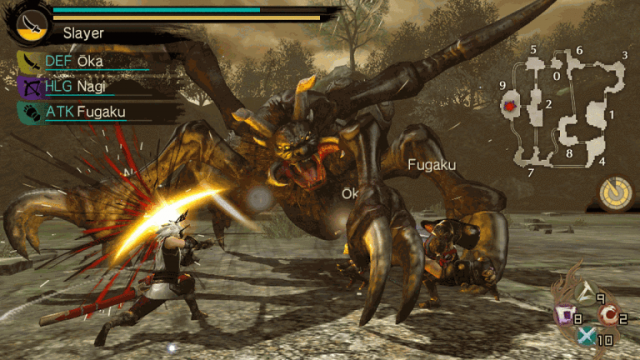
In the wake of Monster Hunter‘s move to the 3DS, a number of publishers attempted to fill the gap in the market on Vita with their own hunting franchises. This led to games such as Ragnarok Odyssey and Soul Sacrifice, which saw mixed levels of success. Undoubtedly the biggest winner in this area was Koei-Tecmo with Toukiden: The Age of Demons, which released in 2013 to outstanding sales success, clearing 240k copies in Japan on Vita alone and more than 550k copies worldwide. This was practically unheard of for a Japanese Vita game, so it wasn't a great surprise to see an expanded version – Kiwami – quickly follow in 2014 and go on to sell a further 200k in Japan and Asia.
With the first two releases being a triumph on Sony’s handheld, all eyes were on the follow up Toukiden 2 in 2016. Sadly, Koei-Tecmo slipped up with this one and half-assed the handheld port (focusing on the PS4 version instead), which left it a bit of a mess and sales suffered accordingly (in Japan, the game sold only 100k on Vita, but this was still notably higher than the PS4 version’s 75k). The IP has now gone dormant again, which I can’t help but attribute to the fact that Koei-Tecmo tried (and failed) to chase the home console audience instead of appealing to Vita owners who had bought the first two games in droves.
Warriors
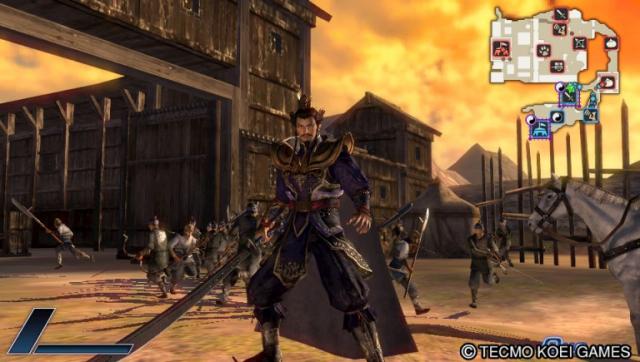
Koei-Tecmo tried valiantly to condense its epic hack ‘n’ slash Warriors series onto Sony’s PSP, and although this produced some interesting versions like Samurai Warriors: State of War, the weaker hardware meant the games (which rely heavily on spectacle) felt held back and slightly gimped. On Vita this was no longer an issue and the series showed up in full force at launch with Dynasty Warriors Next. This entry felt like a generational leap over the previous games and a fantastic early example of what the hardware was capable of. Despite the fact that we wouldn’t get a bespoke Vita Warriors game again, Koei-Tecmo found an even better avenue for profit by porting its games across from home consoles to the handheld.
Over the course of the next five years we saw a range of titles: the latest in the Samurai Warriors sub-series (4), alongside a variety of now-regular expanded releases such as 4-II and Empires; the latest entries in the crossover musou series, including Warriors All-Stars and Warriors Orochi 3 Ultimate; and a range of anime collaborations from Berserk and the Band of the Hawk to One Piece Pirate Warriors. One thing’s certain – we wouldn’t have gotten all of these if they weren’t selling well on Vita and even to this day we’re seeing new entries like Attack on Titan 2, although this trend seems to rapidly be coming to an end as Switch takes up the handheld mantle.
Ys
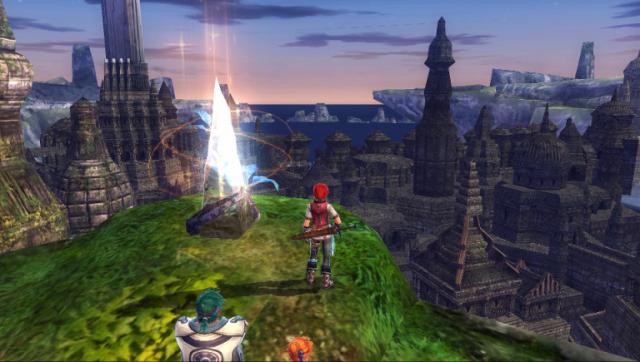
While Falcom hasn't exactly been quiet about its shift to the PS4 in recent years, it’s easy to forget just how all-in the company was on Vita at one point. The Ys franchise had some of its best entries ever on the handheld and leading the charge was Ys: Memories of Celceta within the first year of the console’s life. It only just managed to scrape 80k sales in Japan, but western publisher XSEED noted that its Vita games at the time were doing “quite well” (and they included Celceta). Fast forward to 2016 and the Vita version of Ys VIII (which was now multi-plat with PS4) would release a full 12 months before the home console version and went on to outsell Celceta in Japan within 6 months.
It wasn’t just Falcom that was helping Ys to flourish on Vita though – thanks to the efforts of Sony’s Third Party Productions team and porting studio Dotemu, the classic PC entry Ys Origin finally made its way to consoles in 2017, where it brought the classic action-RPG gameplay to a handheld for the first time. A physical print soon followed but what was most exciting was the fact that you could get nearly every English Ys game aside from Ark of Napishtim on Vita, making it the ultimate console for the franchise.
Conclusion
As a niche piece of hardware, the Vita’s most successful franchises were niche themselves, but that’s not necessarily bad thing because many of them saw positive sales on the handheld and this resulted in plenty of titles over a period of years. The console became a fantastic home for a variety of different series, ranging from visual novels to action-RPG’s to rhythm games, and plenty continued to outsell their PS3 & PS4 counterparts even late into the Vita’s life.
It's worth noting that 9 of the 10 franchises listed here are of Japanese origin. The Vita’s main source of content from 2014 onwards was western indie devs and mid-sized Japanese publishers, but the split here isn’t 50/50 and that’s likely because indie devs are capable of working on whatever they choose so often move on to something completely different once a project is finished (meaning few long-running franchises), whereas Japanese publishers like to continue working on their money-making franchises. The one exception to this is LEGO, which is the only real example of continued western publisher support throughout the handheld’s life.
Still, regardless of the country of origin, the Vita demonstrated that despite a lukewarm commercial reception in the market, there’s still a place for the right kind of software on the console. A number of publishers benefited from this, developing games tailor-made to the handheld audience which saw continued success over the course of the handheld’s life. This ultimately helped to ensure the platform continues to get new releases every week to this day.
More Articles
I've dipped into most of these, with the exceptions being Warriors and Gundam, both of which I've been interested in. Neptunia and Toukiden have been my favorites.
What about Persona and Final Fantasy?
We only got three Vita-native Final Fantasy games, two of which were HD ports (X and X-2). I wouldn't count that as flourishing really =/
Persona was one I considered, but all we've gotten really are rhythm spin-offs and one HD port - all of these series received multiple Vita-native mainline entries.
Fair enough.








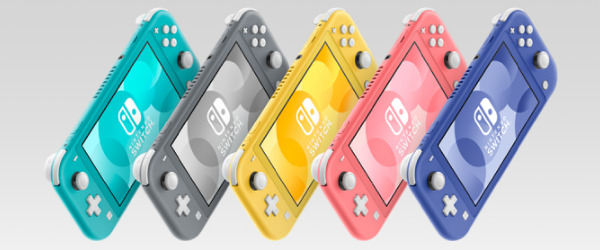
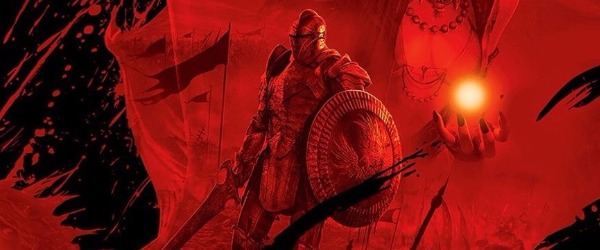
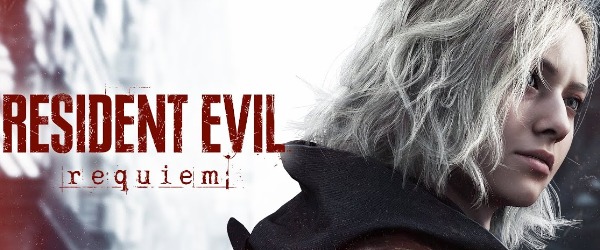
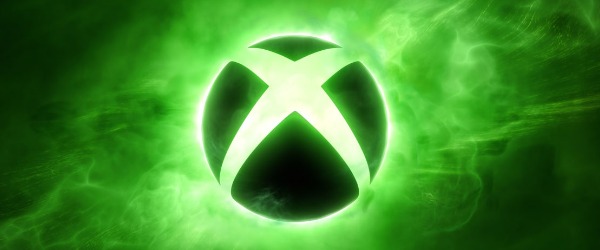










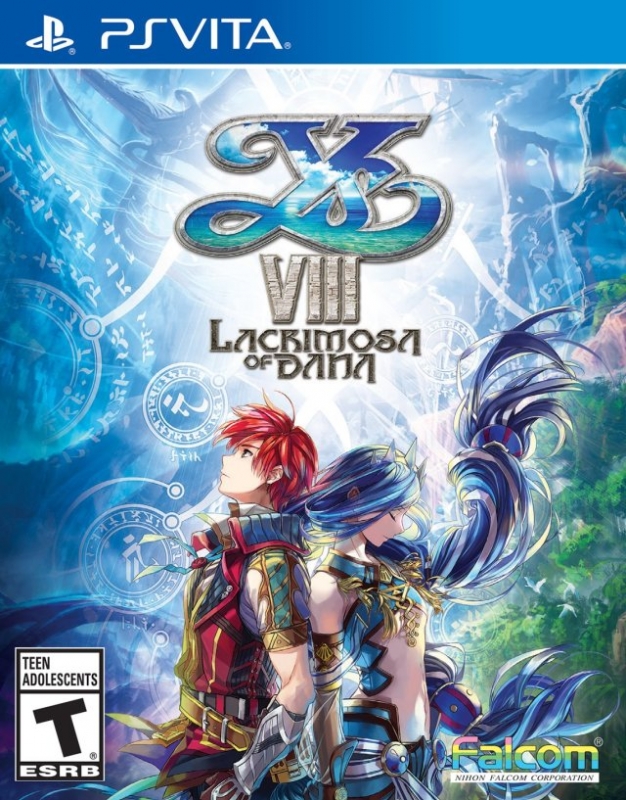

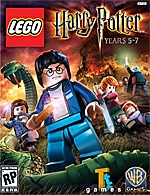
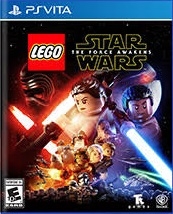
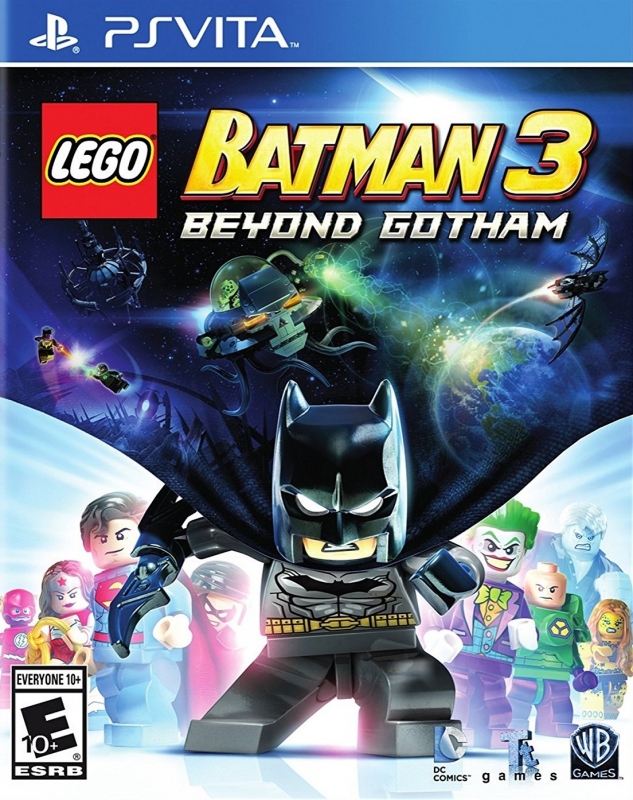
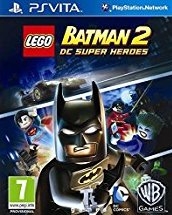
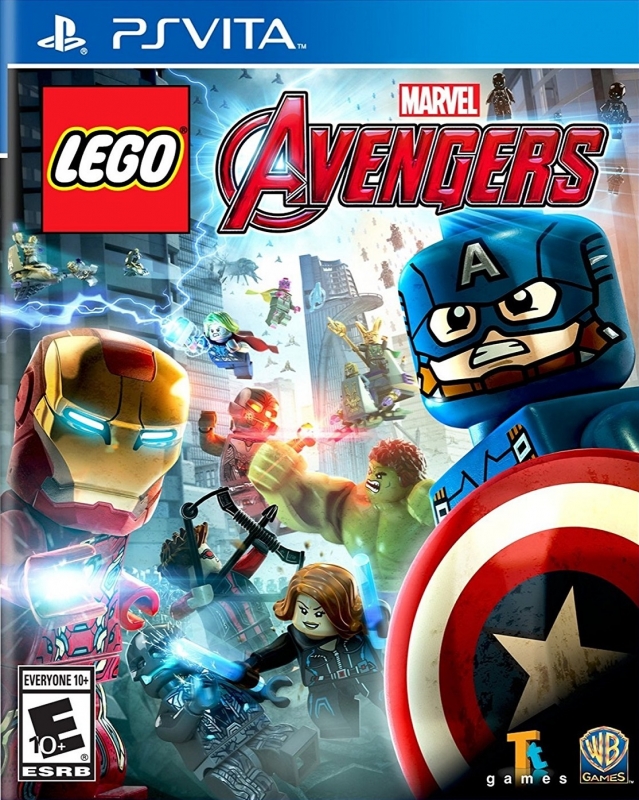
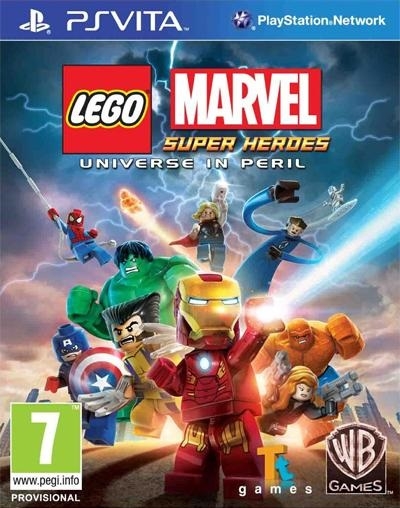
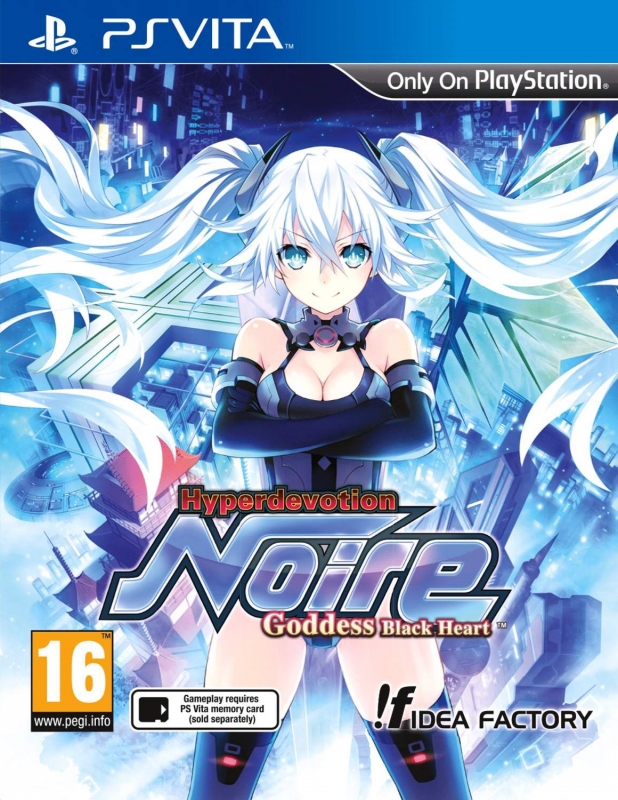
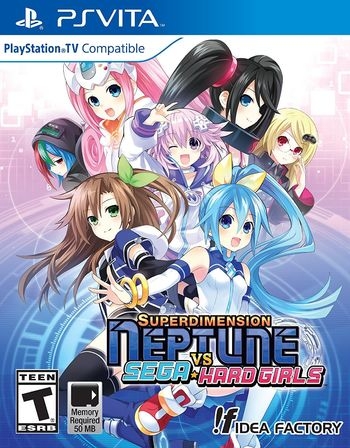
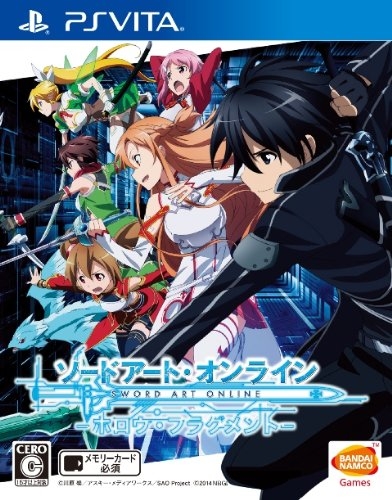
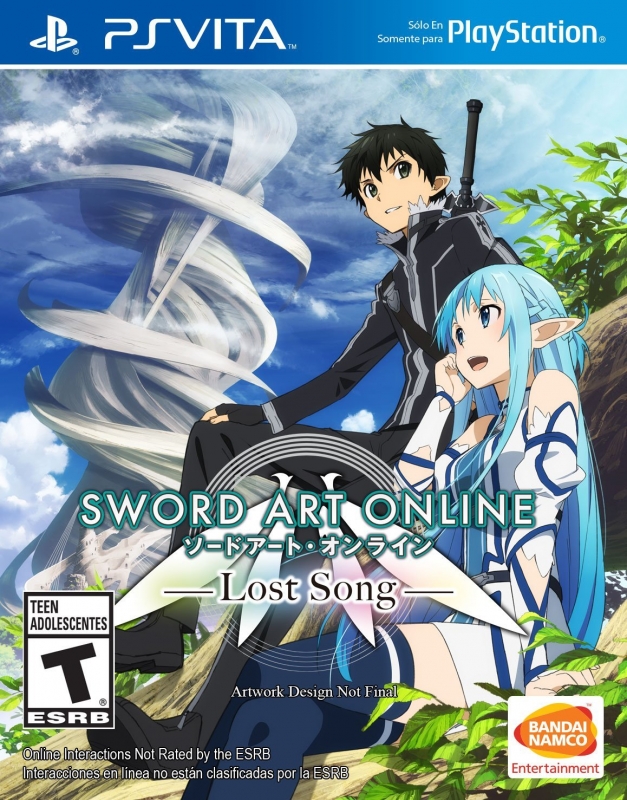
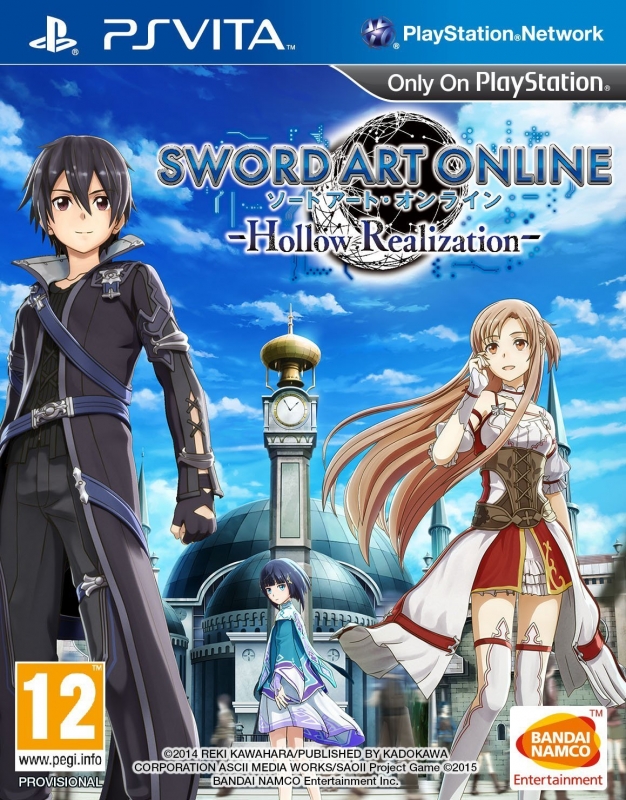
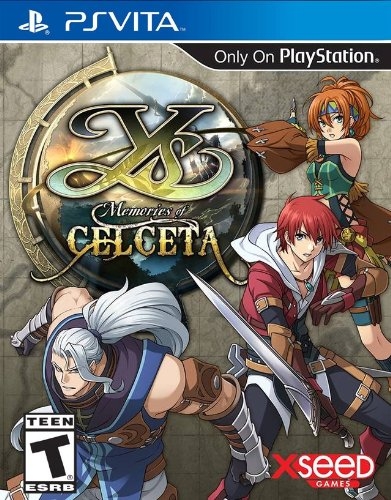
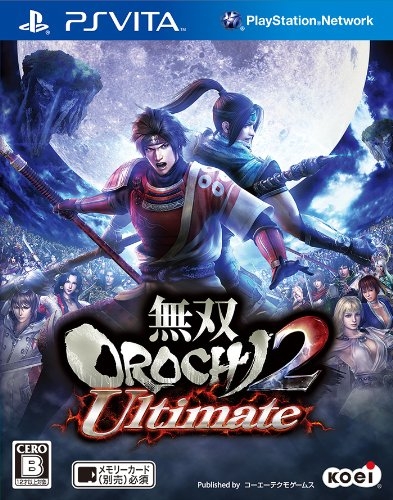
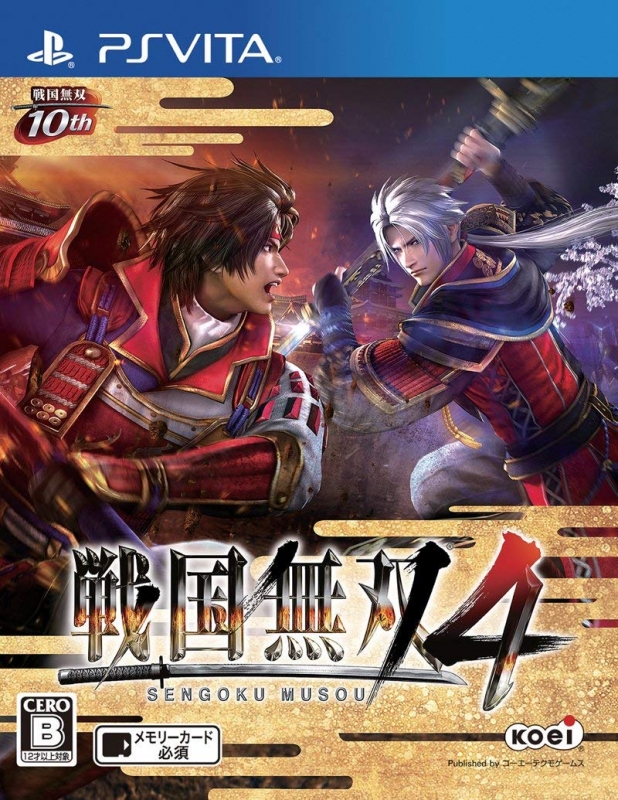
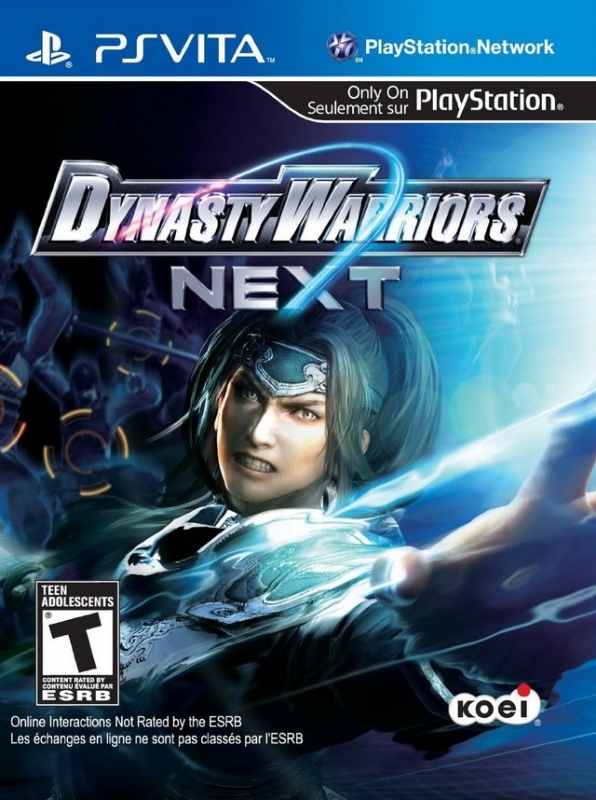
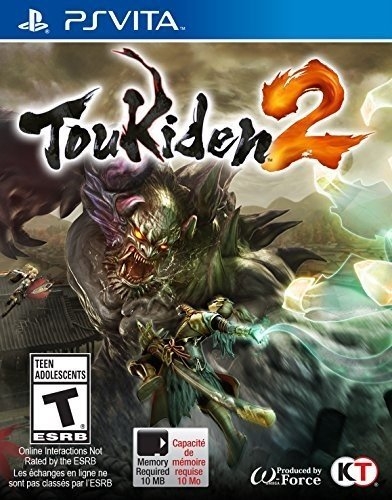
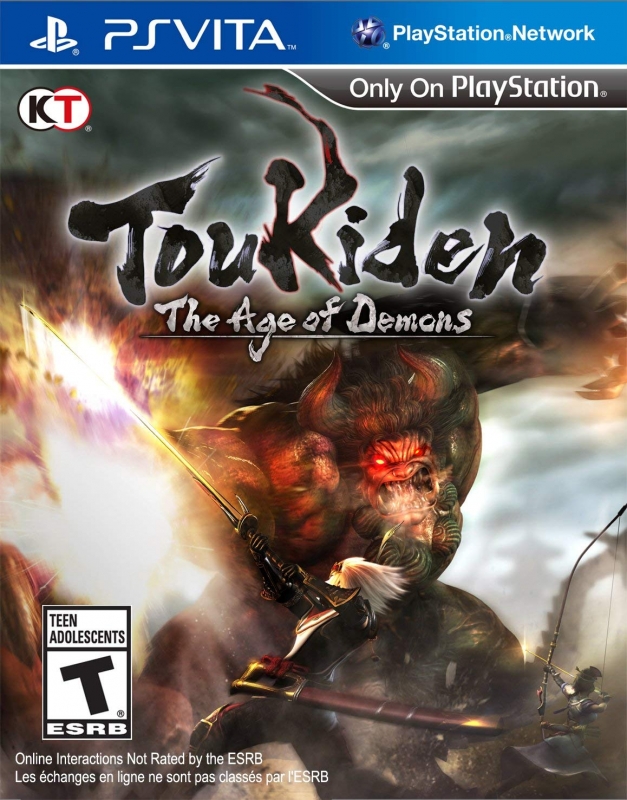
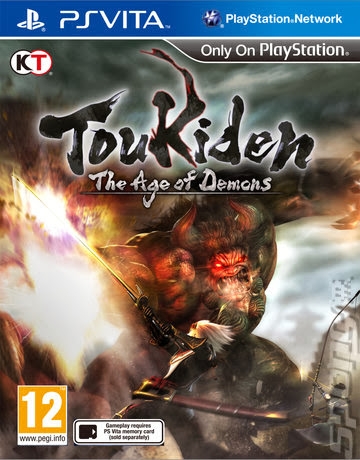
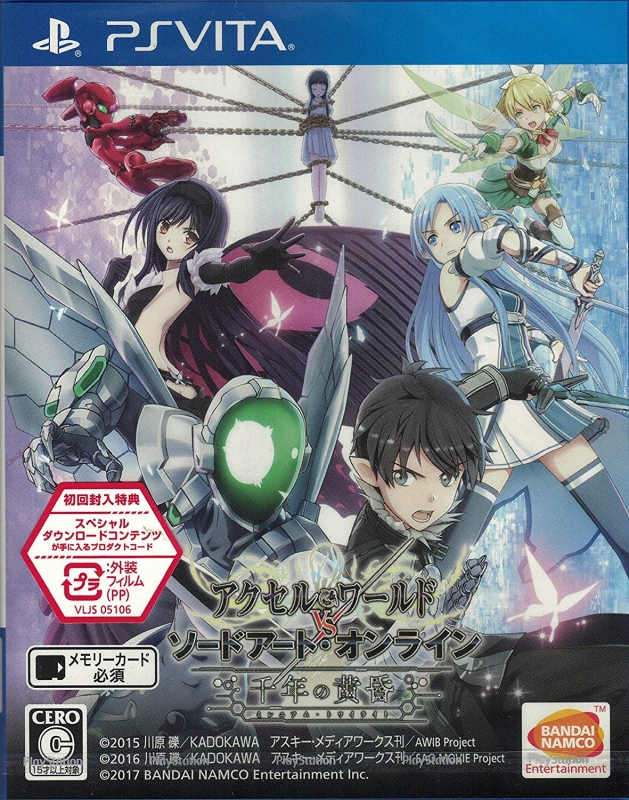
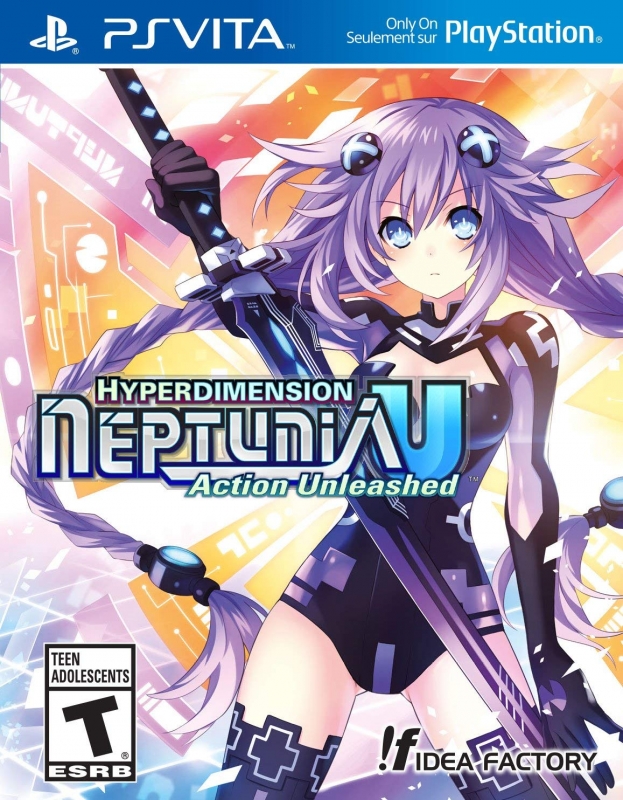
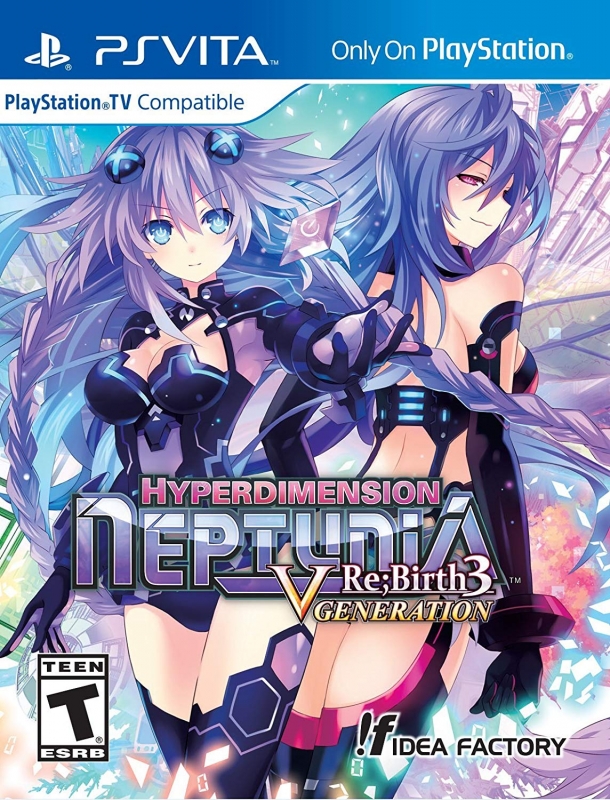
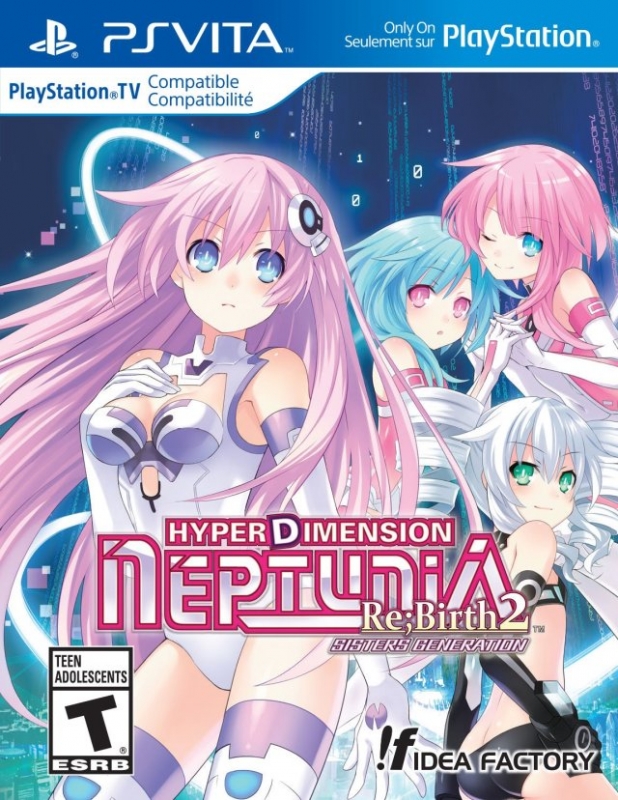
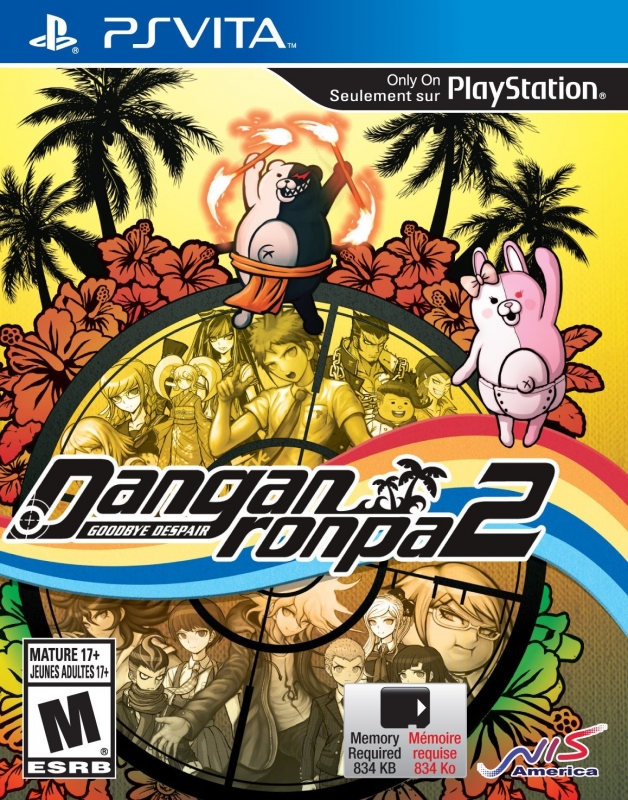
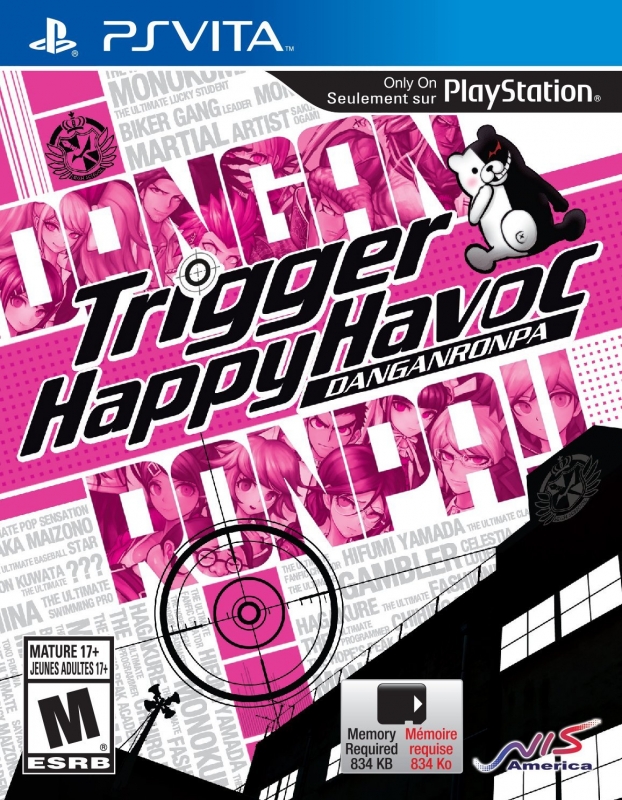
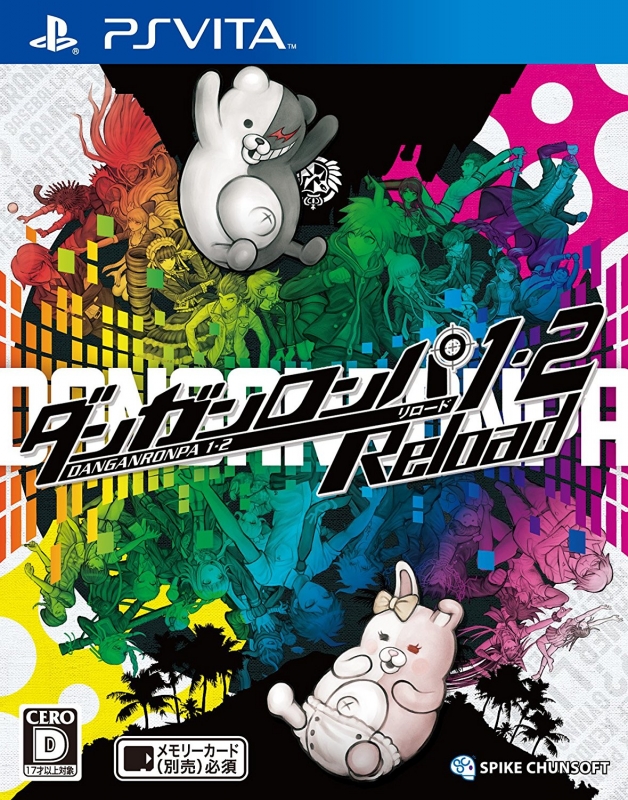
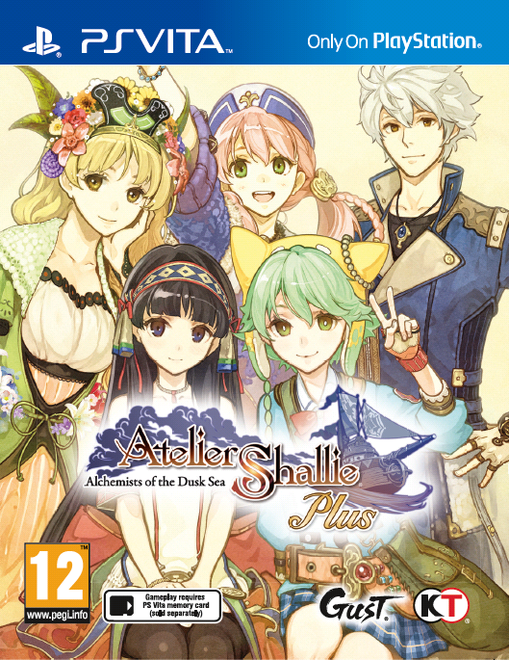
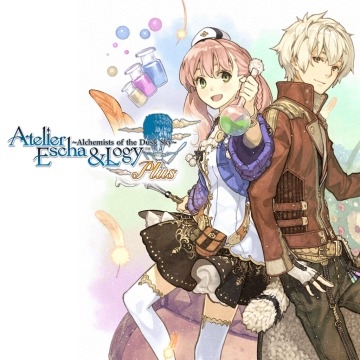
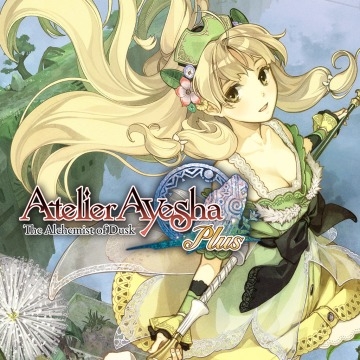
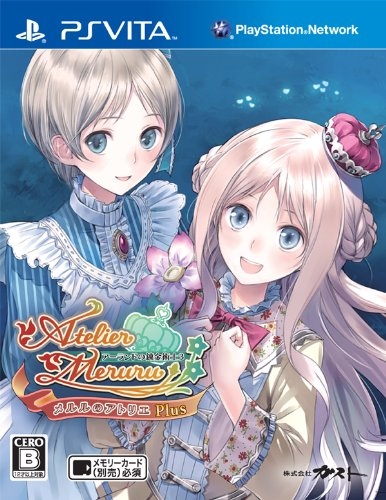

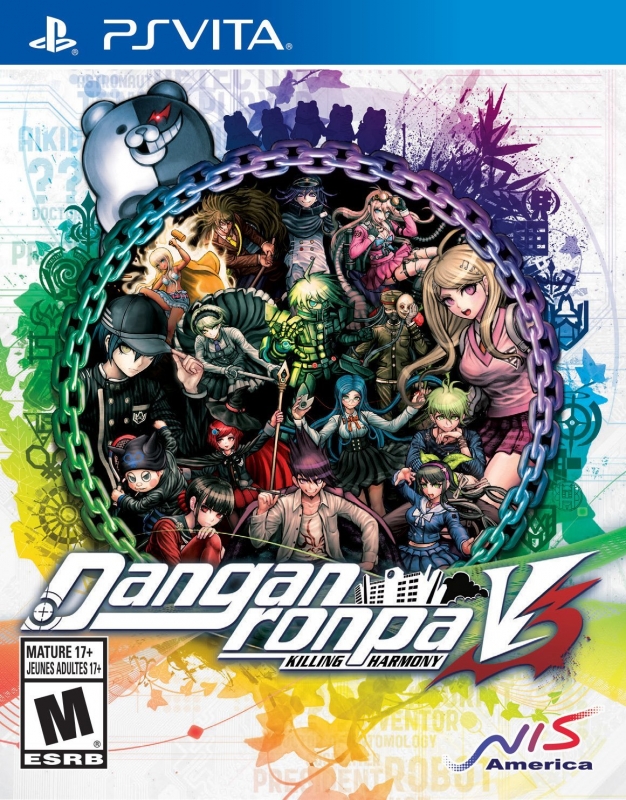
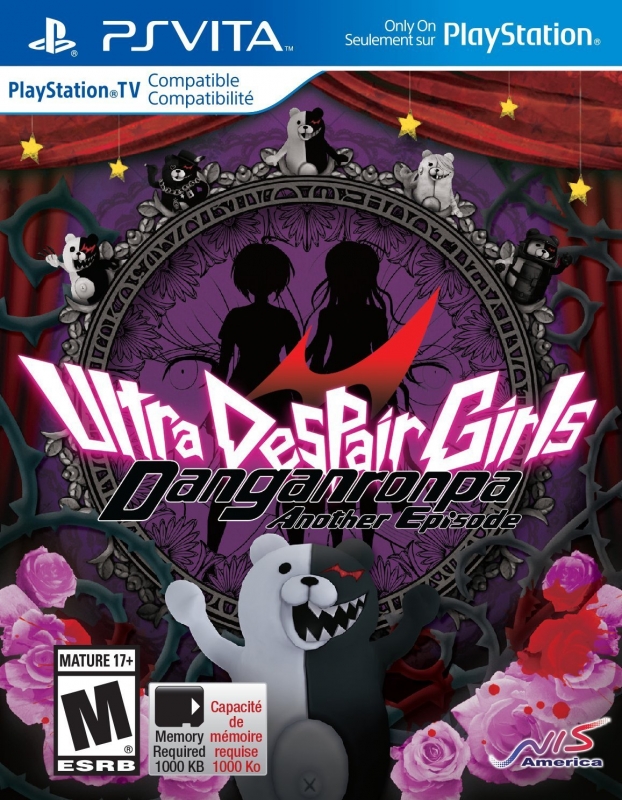
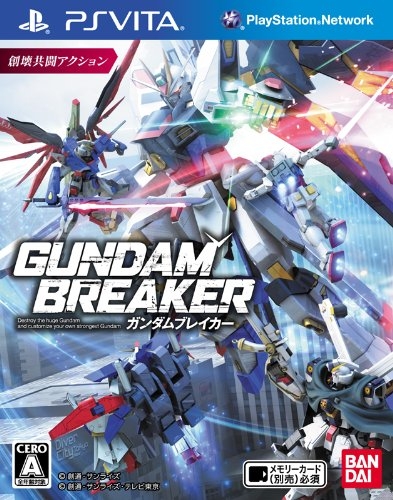
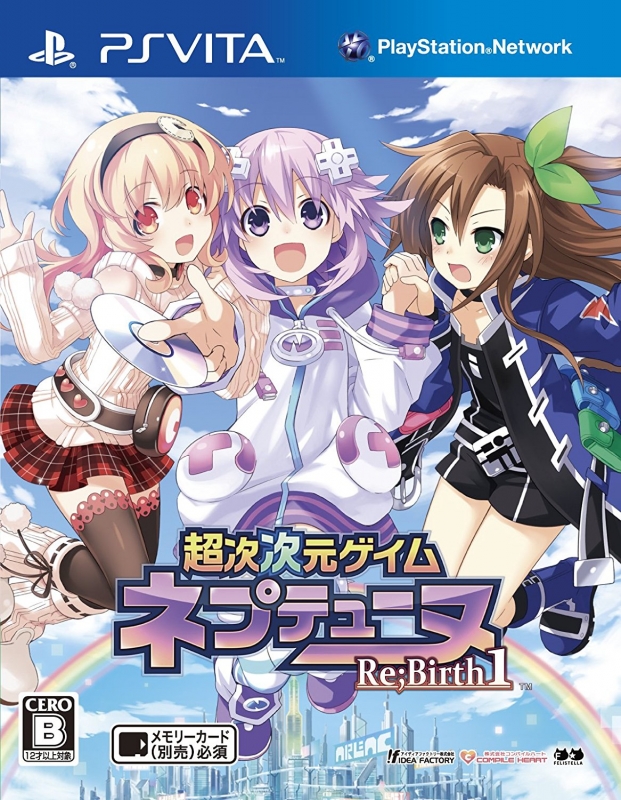
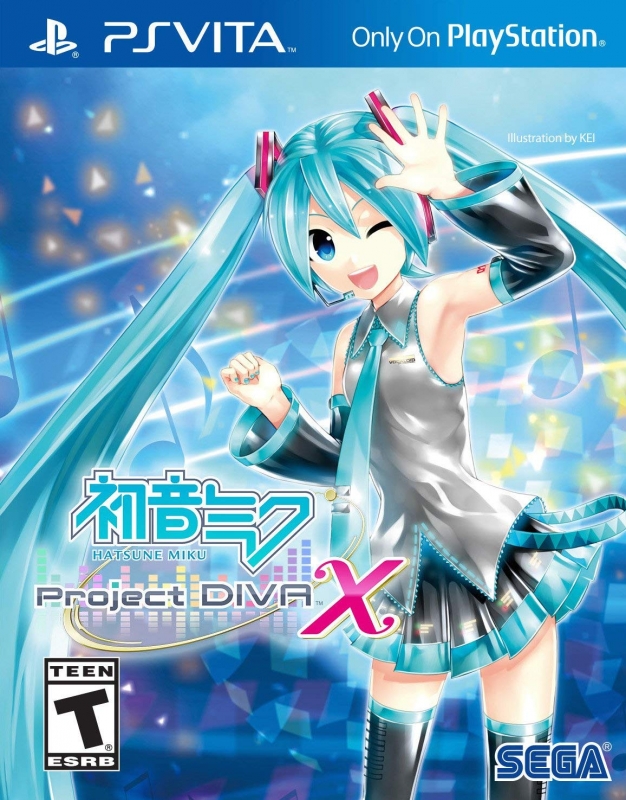
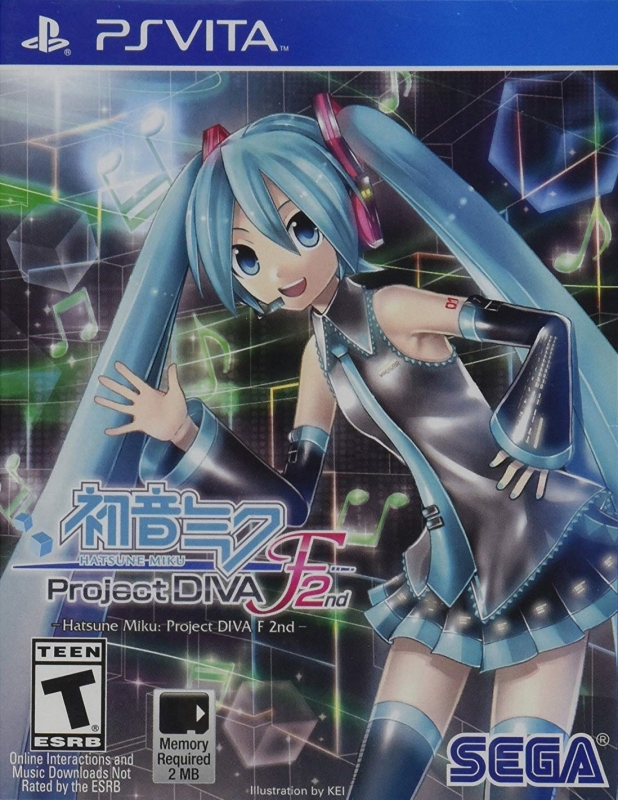
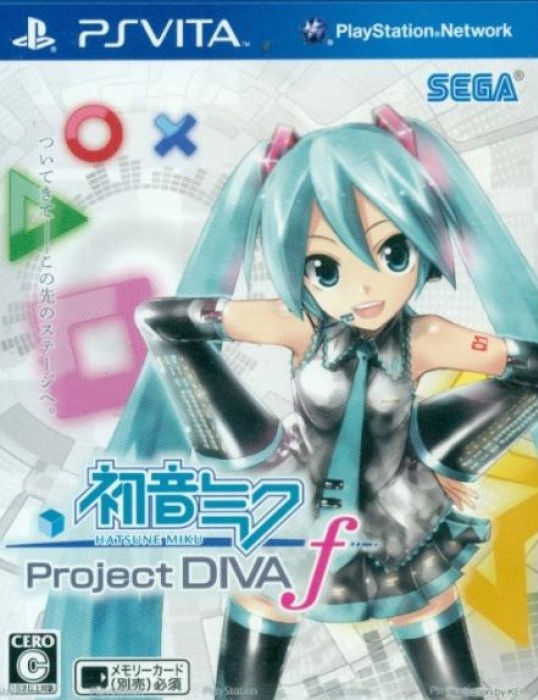
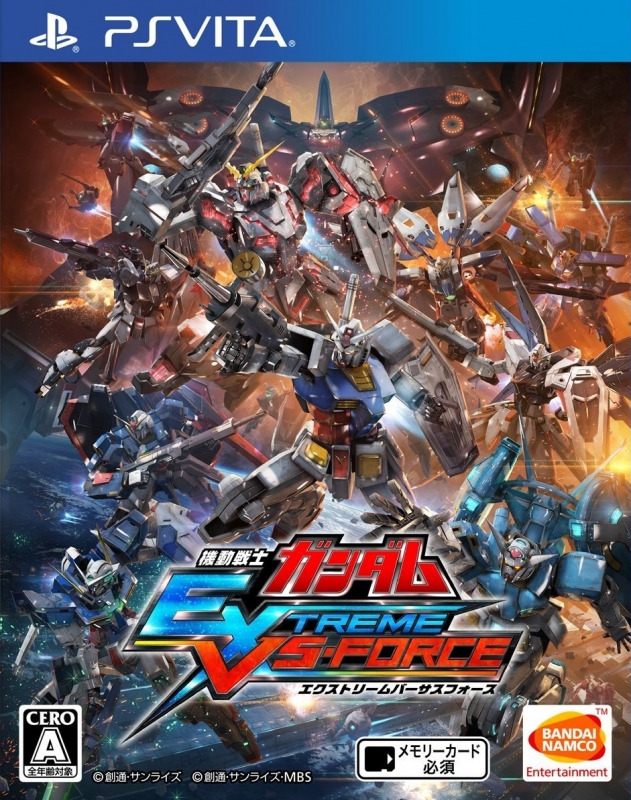
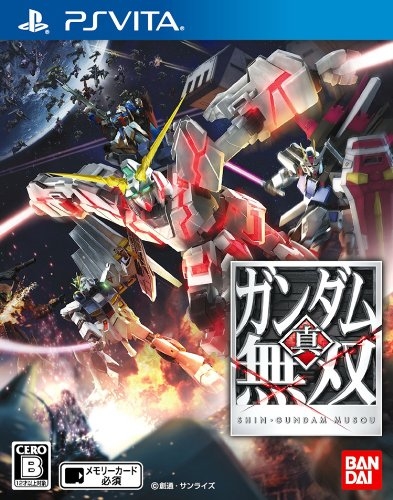
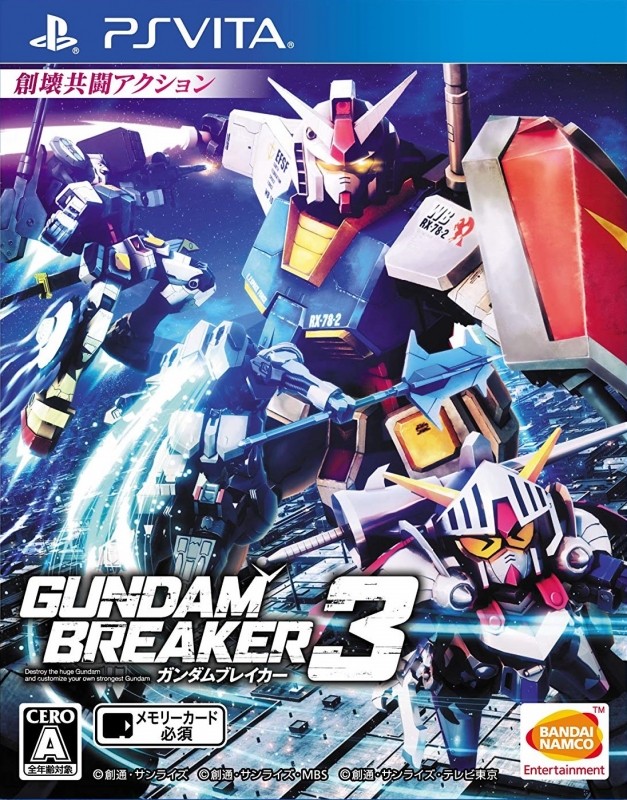
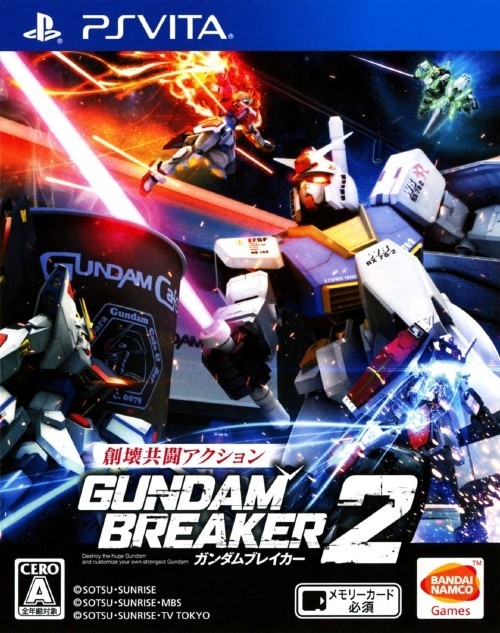
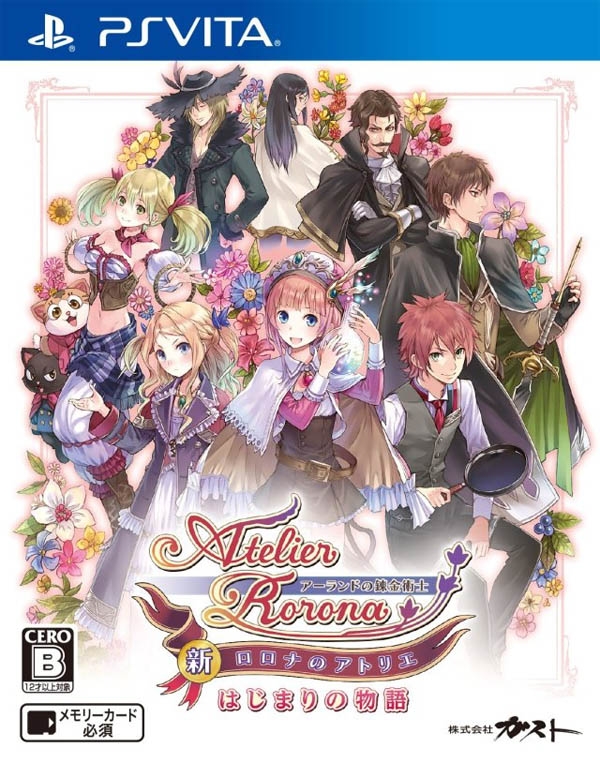
 Essay Pro
Essay Pro